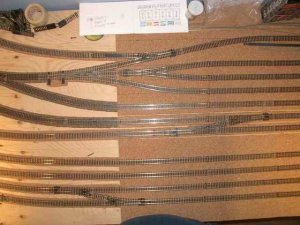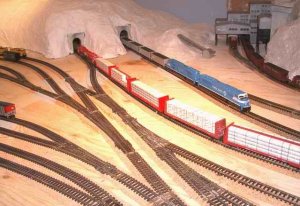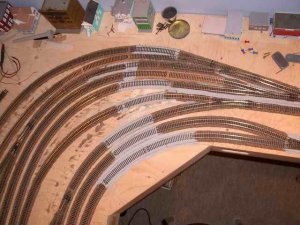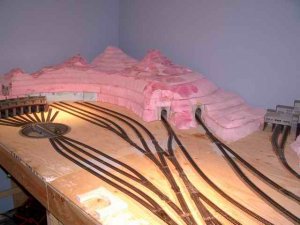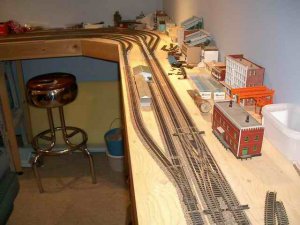Cannonball, a lot of the time, minimum radius is for looks. There are sometimes requirements, but a lot of the time those requirements are 9 3/4 or up. My LONG Kato SD70MAC, even on the Kato sheet, says it will run on 9 3/4 (and it does) , they don't recommend their 8 inch track. My AutoMax's have a place to change the screw connectors to to do less the 9 3/4 track, and those cars are HUGE! However, going around the curves you can see the "wierd" movement and you will see the track in the middle of the car as they go around the curves. However, as you were running 027 curves, these won't be as noticeable as they were running around the curves on that track.
Our club layout has 14 1/2 minimum radius, although I am sure some points are a little tighter than that. All the Peco switches on it are the mediums, and everything that has ever been put on it runs fine, from the 0-6-0 Thomas that I own to the 4-6-6-4 Challenger that one of the club members just got. I have also run my long engines and passenger cars and automax's on a 9 3/4 layout, and they all run well, they just "look" a little weird as the track will show. Again, it is what matters to you.
Although again, experiment to your tastes, and to you equipment. See what track comes with your set and go from there.



